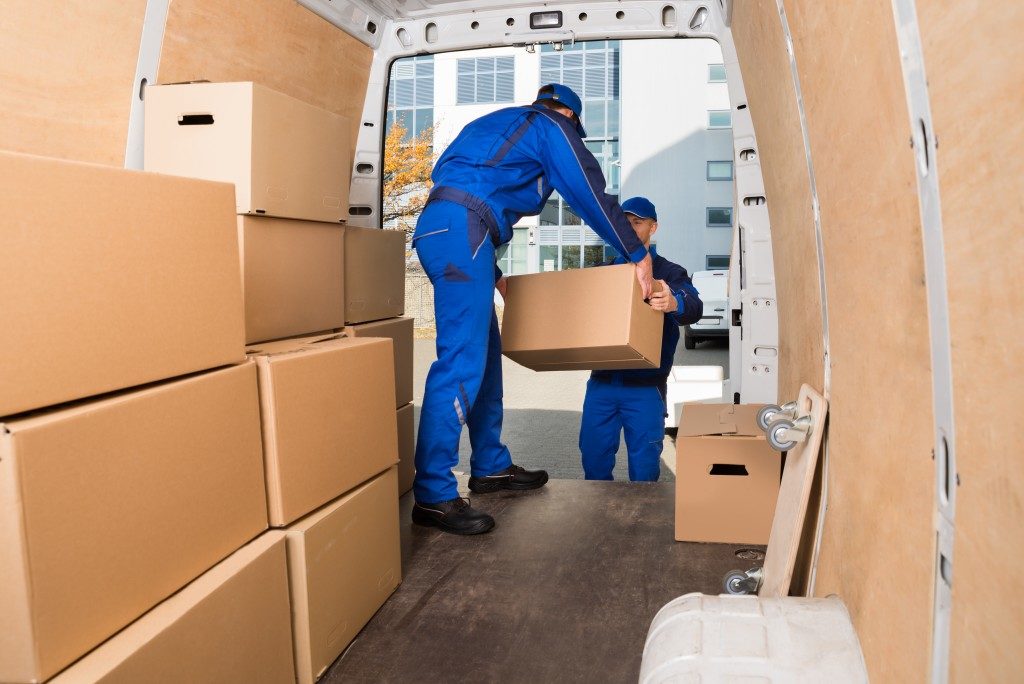Moving to a new home is an overwhelming and tedious process. It can become stressful and tiresome, especially if you don’t have a plan in place. Still, every year since 2010, an average of 40 million Americans move abroad or to other different states, according to the US Census Bureau.
While there’s no easy way to move without encountering problems along the way, there are several steps you can take to simplify the process somehow.
Hire a Moving Company
A moving company is an added help when you need it most. With its moving staff, it can help you pack your stuff and carry them into the moving van. When choosing the right provider, pick several companies, and get moving quotes from them so that you can evaluate which one can best meet your requirements.
If you want to be safe, an ideal moving company should be licensed, insured, and have a US Department of Transportation (DOT) number.
Create a Moving Plan
Create a moving plan that includes the moving company you hired and its contact persons, a checklist of what you should pack and what needs to be left behind, and a map of where you’re moving to.
A moving plan can serve as a step-by-step guide, helping you prioritize what should be done before you finally move. It can also help prevent important stuff from getting left behind, which is often a problem for movers. If you move far away, you may not be able to get your things back.
A map is also an essential part of your moving plan. It can help you map out the best route to your new home, schedule stops when necessary, and avoid traffic along the way.
Pack Your Stuff According to Category
Following your checklist of what to pack, assign separate boxes for each kind of stuff you have. For example, gather all your books in one place and then wrap them in a box or two. You can repeat the process with your other stuff such as shoes, clothes, bags, kitchenware, utensils, and other small items.
Make an exception for appliances, furniture, food, and essential documents. Place appliances in their boxes, if you still have them. Otherwise, wrap them in bubble wrap in new boxes so that they’re protected from impact. If you have refrigerated food left, pack them on moving day in chilled coolers. As for your important papers, put them in labeled envelopes and bring them in the car with you.
Decide Which Items to Sell or Donate

If you have stuff, including wholesome foods, that you do not want to use anymore, organize them into two boxes: one to sell and one to donate. If you don’t have the time to sell or give your stuff, contact non-profit groups who can pick them up for free.
Pick the Right Moving Day
Weekends are the busiest time for moving companies. They often charge a higher price for these days. If you want to save money, book your moving day in the middle of the week when movers are not busy.
You can also check local traffic statistics in your area and where you’re moving to. If possible, you can move on a date or time when the roads are not congested.
Moving can be easy if you have a plan and checklist to follow. With this guide, you can now organize your move into your new home more smoothly.




